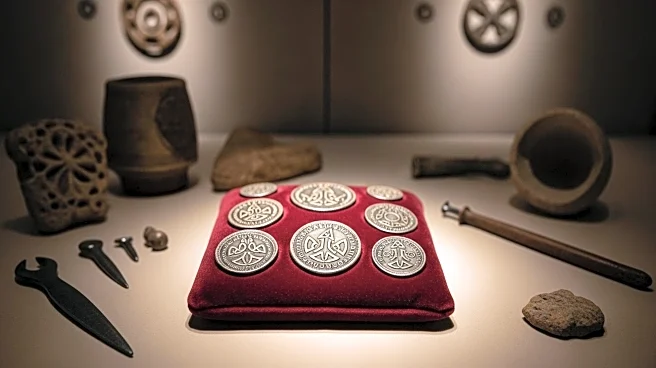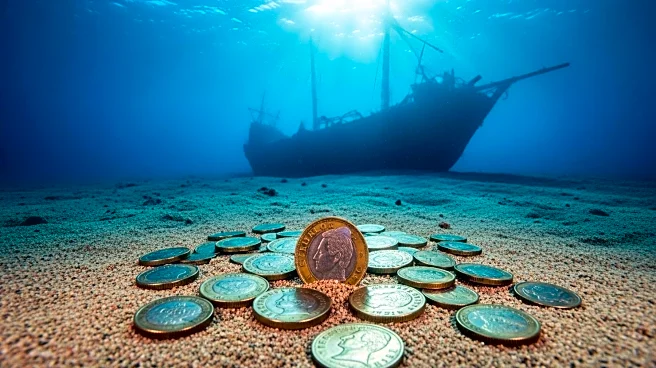What is the story about?
What's Happening?
A recent study by Finnish researchers has revealed that Sir Ernest Shackleton's ship, the Endurance, sank in 1915 due to structural weaknesses, particularly in the engine room. The ship, built in 1912 for Arctic hunting expeditions, was not designed to withstand the heavy horizontal pressure of pack ice. Despite its thick planking and double framing, the Endurance lacked the internal bracing necessary to resist such conditions. Shackleton, aware of these deficiencies, did not reinforce the ship before embarking on his Antarctic expedition. The ship was caught in ice in the Weddell Sea and eventually sank after being crushed by ice pressure.
Why It's Important?
The findings challenge the long-held belief that the Endurance was the strongest wooden ship of its time. This revelation highlights the importance of structural integrity in ship design, especially for vessels operating in extreme conditions. The study underscores the risks associated with polar exploration and the need for adequate preparation and equipment. It also sheds light on Shackleton's decision-making process, suggesting that financial or personal circumstances may have influenced his choice not to reinforce the ship. This has implications for understanding historical exploration narratives and the factors that drive decision-making in high-risk environments.
AI Generated Content
Do you find this article useful?












